
596 Omega Watches
-
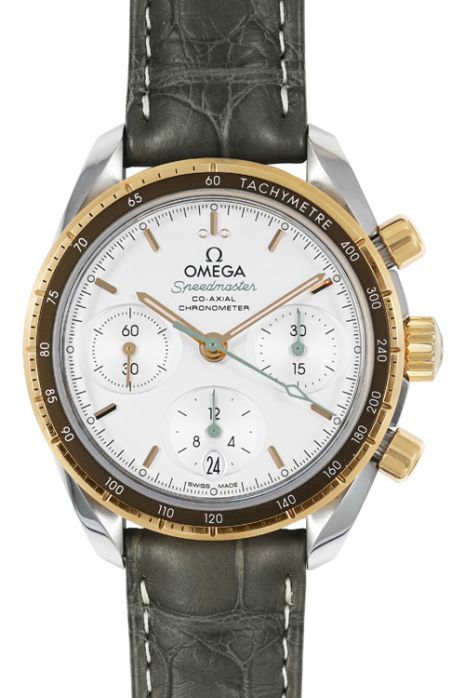
OmegaSpeedmaster
2023 38 Mmsold out -
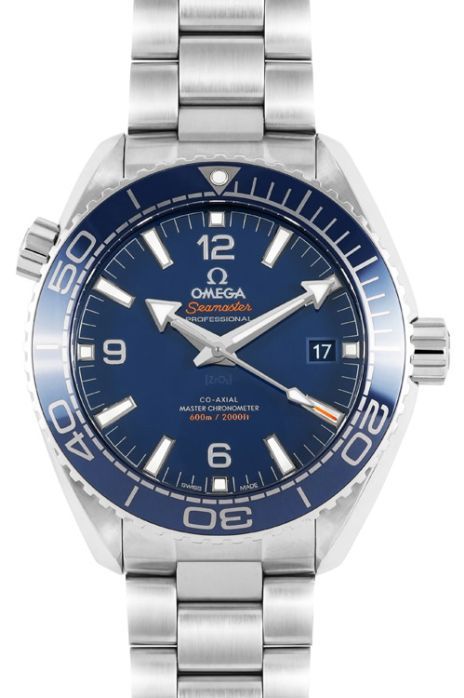
OmegaSeamaster
2019 43.5 Mmsold out -
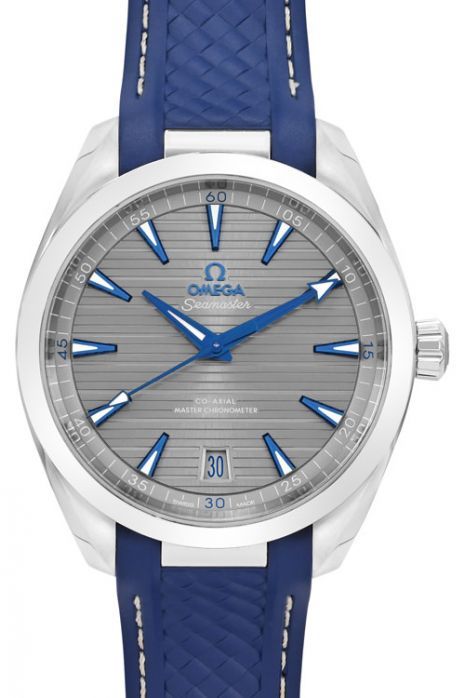
OmegaSeamaster
2018 41 Mmsold out -
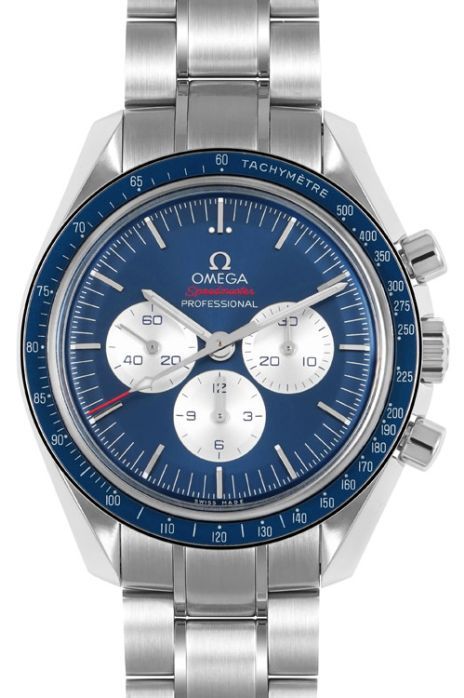
OmegaSpeedmaster
2022 42 Mmsold out -
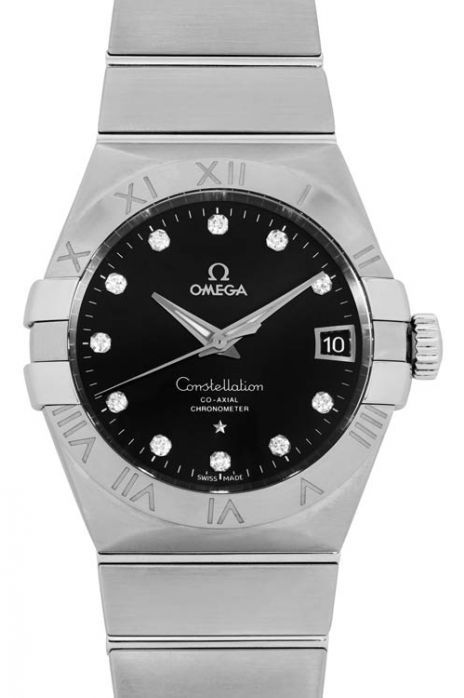
OmegaConstellation
2014 38 Mmsold out -
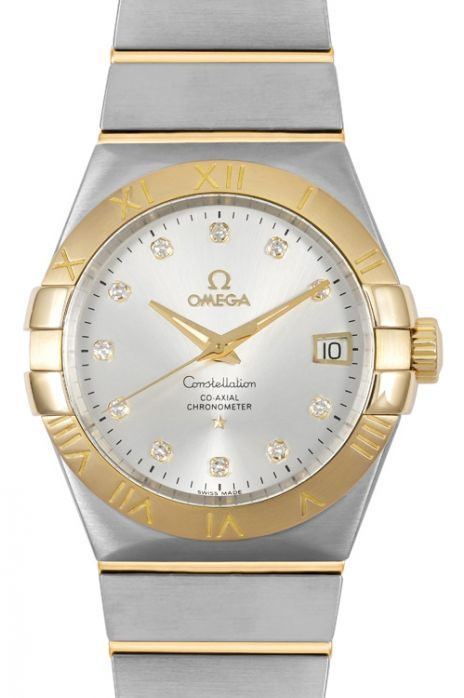
OmegaConstellation
2014 35 Mmsold out -
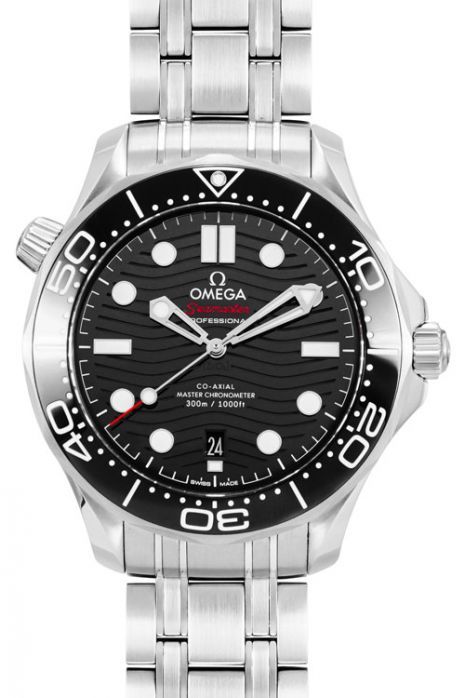
OmegaSeamaster
2022 42 Mmsold out -
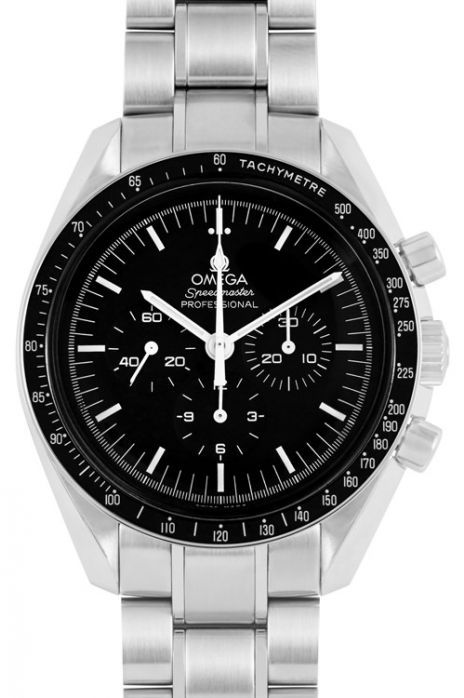
OmegaSpeedmaster
2019 42 Mmsold out -
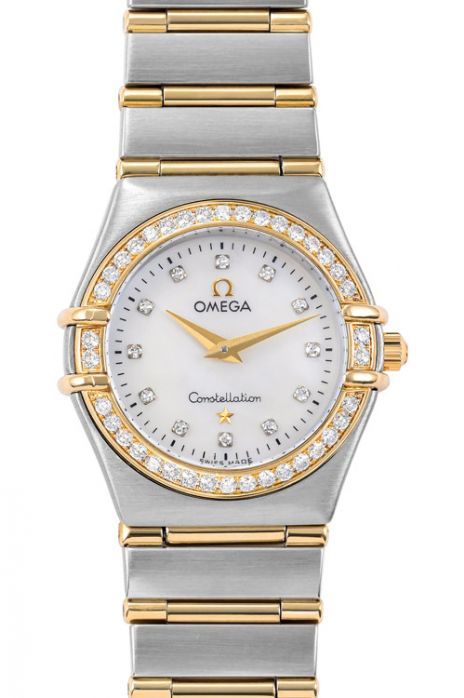
OmegaConstellation
2008 25.5 Mmsold out -
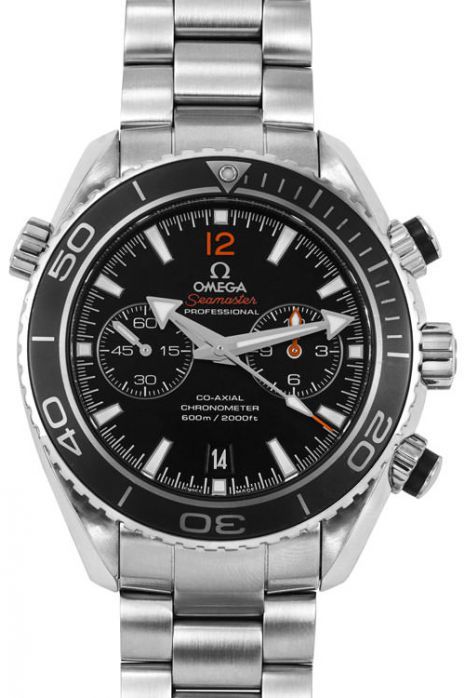
OmegaSeamaster
2014 45.5 Mmsold out -
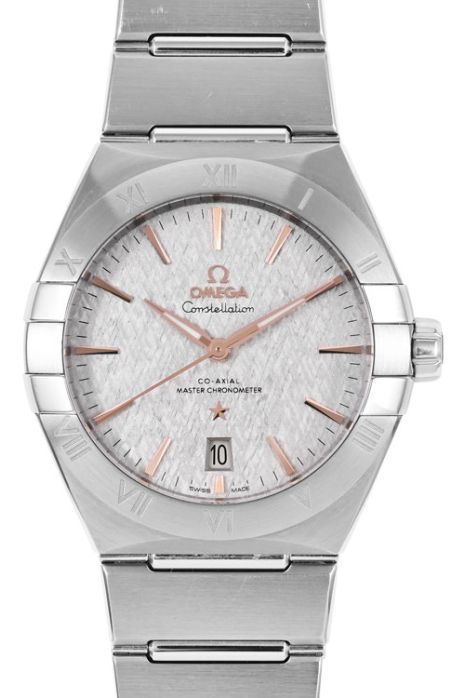
OmegaConstellation
2021 39 Mmsold out -
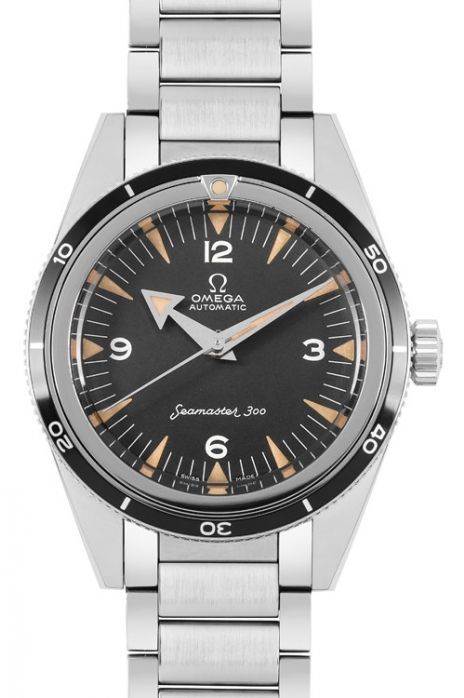
OmegaSeamaster
2018 39 Mmsold out -
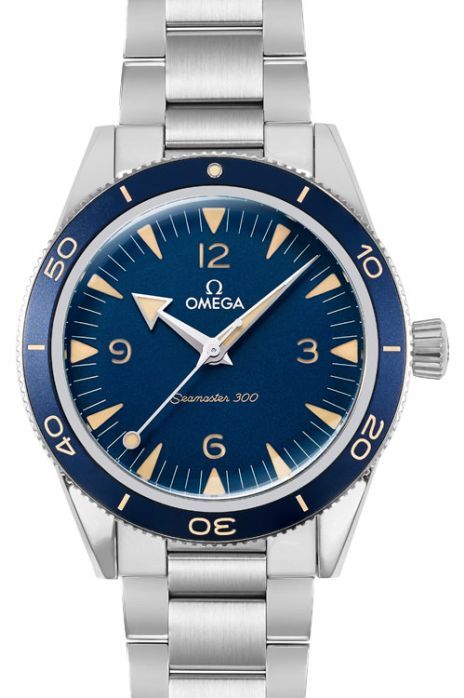
OmegaSeamaster
2021 41 Mmsold out -
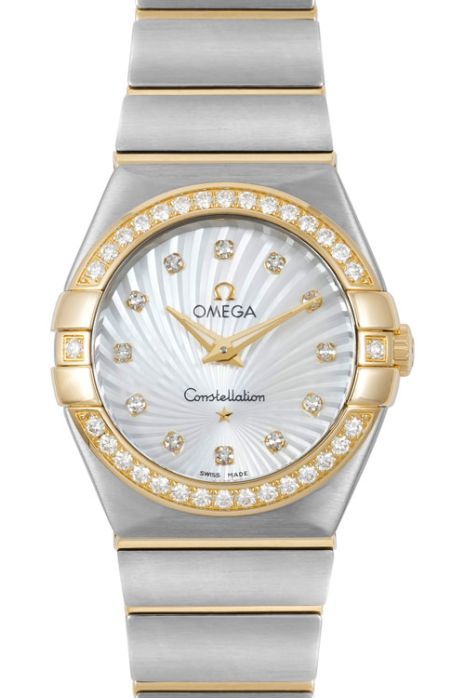
OmegaConstellation
2015 27 Mmsold out -
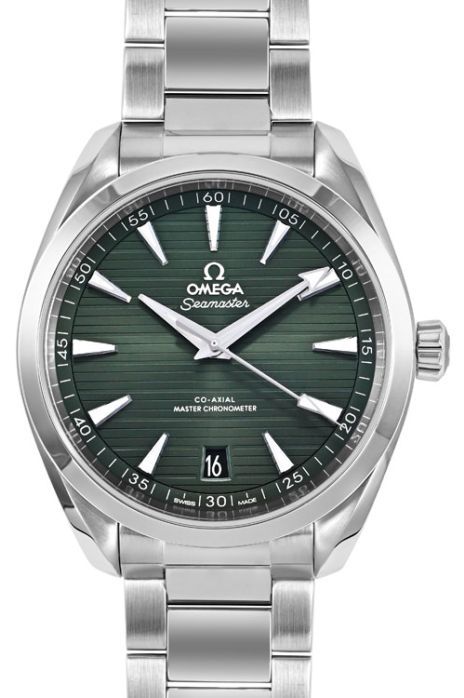
OmegaSeamaster
2024 41 Mmsold out -
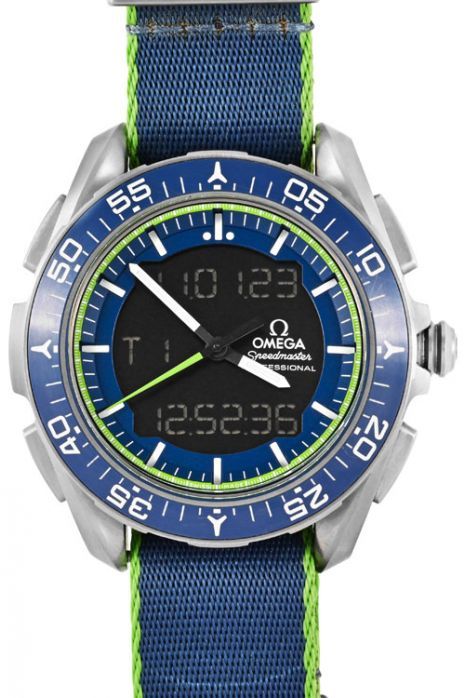
OmegaSpeedmaster
2016 45 Mmsold out -
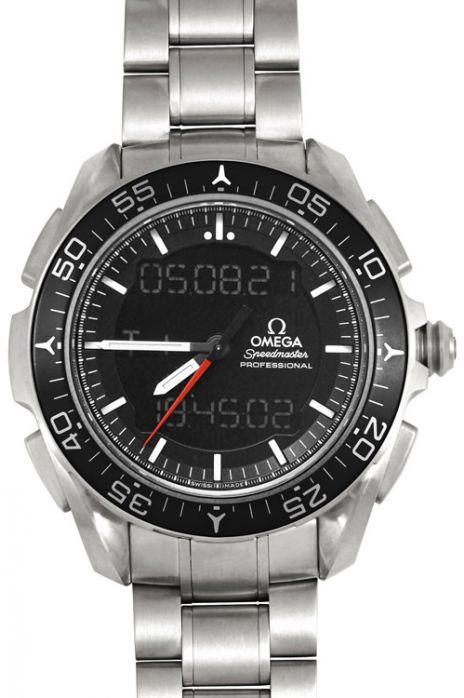
OmegaSpeedmaster
2019 45 Mmsold out -
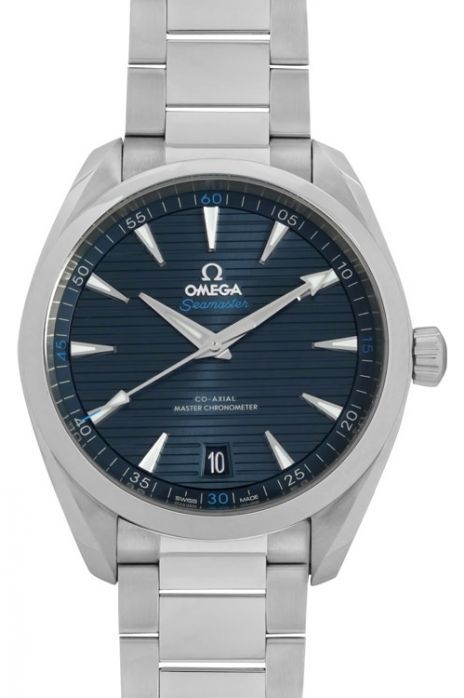
OmegaSeamaster
2019 41 Mmsold out -
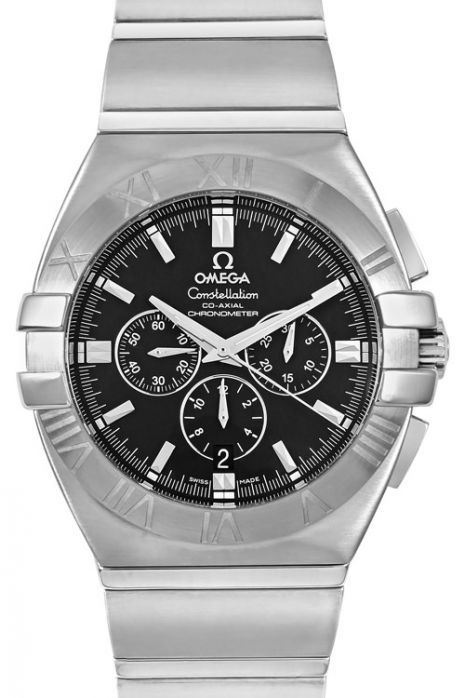
OmegaConstellation
2005 41 Mmsold out -
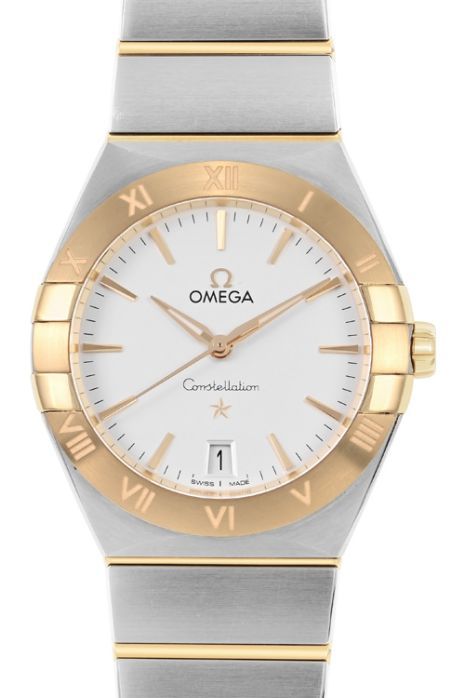
OmegaConstellation
2023 36 Mmsold out -
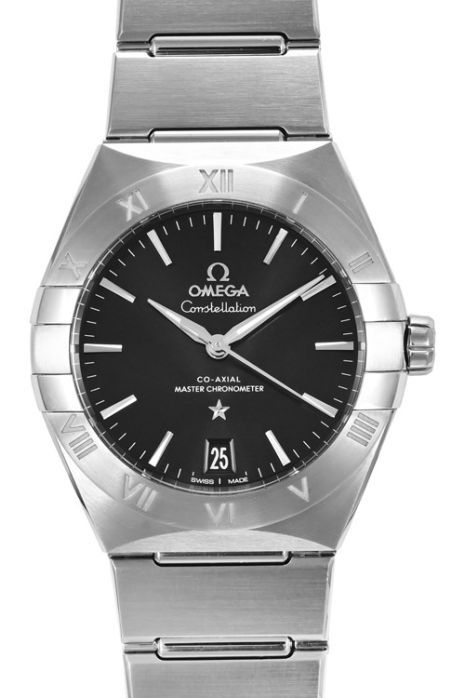
OmegaConstellation
2024 36 Mmsold out -
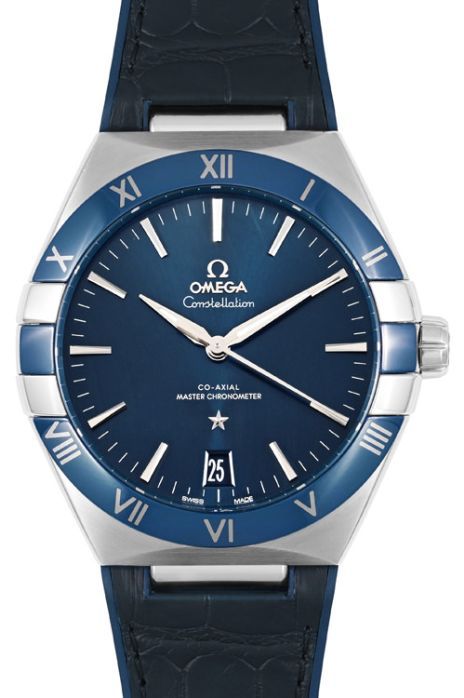
OmegaConstellation
2022 41 Mmsold out -
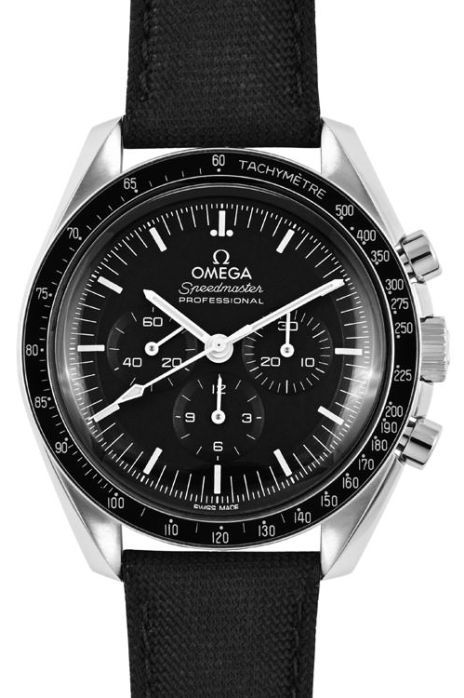
OmegaSpeedmaster
2022 42 Mmsold out -
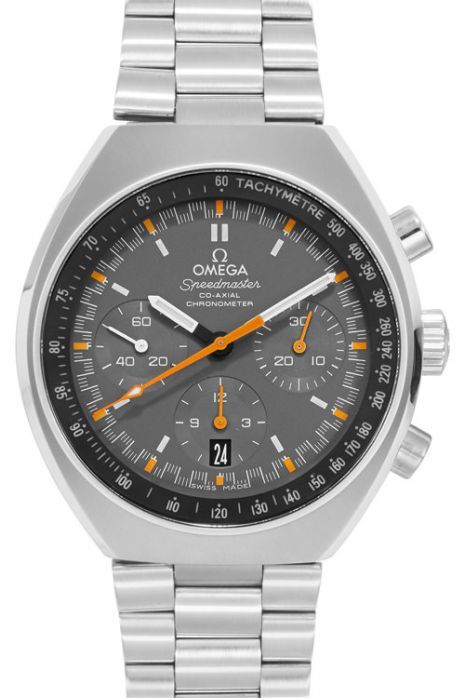
OmegaSpeedmaster
2015 42.4 Mmsold out -
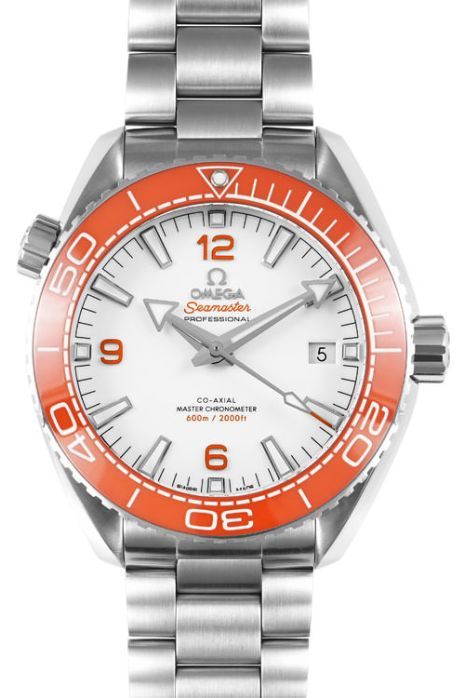
OmegaSeamaster
2020 43.5 Mmsold out -

OmegaSeamaster
2020 42 Mmsold out -
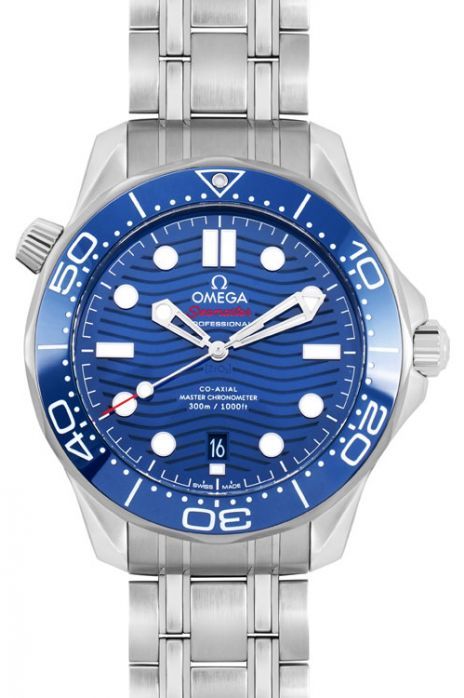
OmegaSeamaster
2019 42 Mmsold out -
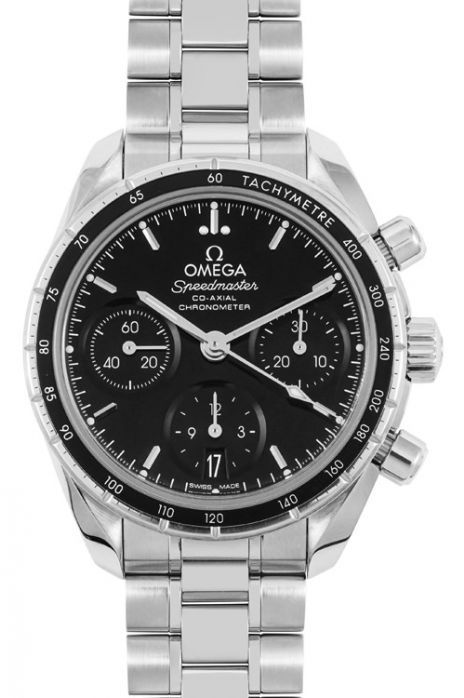
OmegaSpeedmaster
2021 38 Mmsold out -
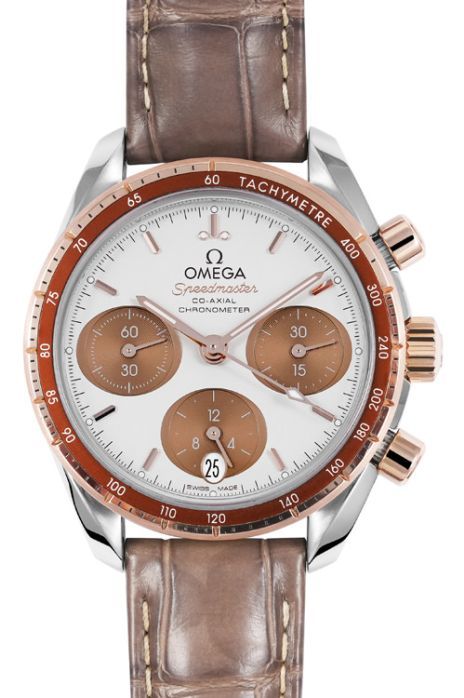
OmegaSpeedmaster
NA 38 Mmsold out -

OmegaSeamaster
2021 41 Mmsold out -
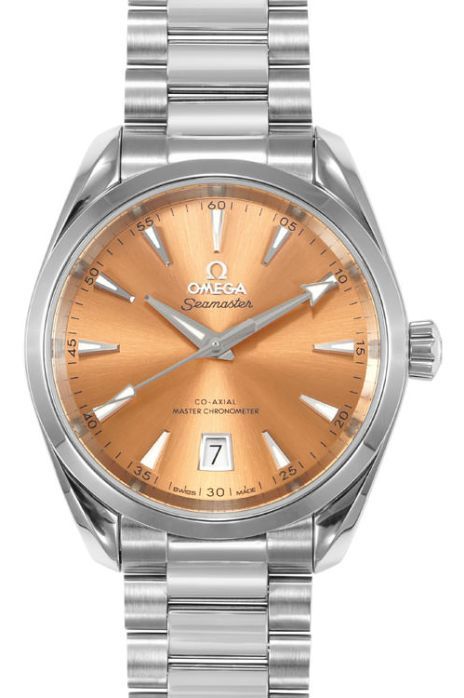
OmegaSeamaster
2023 38 Mmsold out -
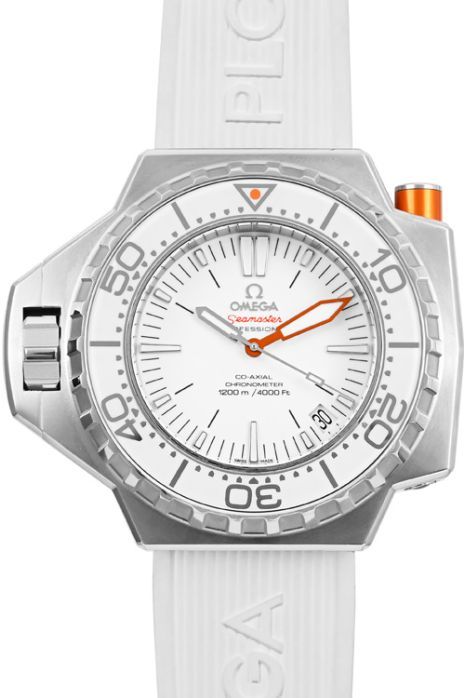
OmegaSeamaster
2017 55 Mmsold out -

OmegaSeamaster
2022 41 Mmsold out -
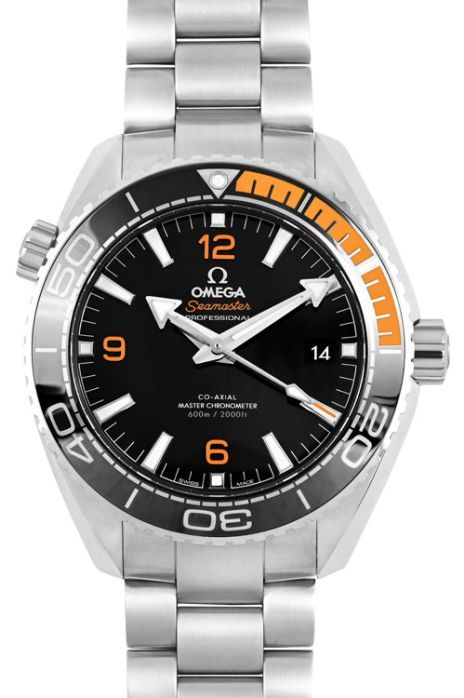
OmegaSeamaster
2020 43.5 Mmsold out -
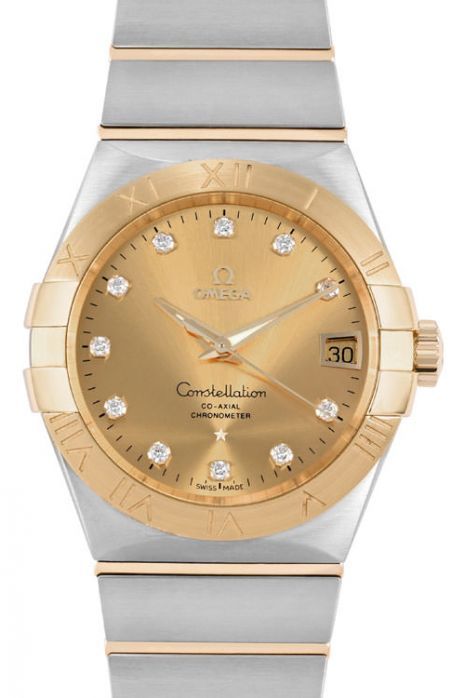
OmegaConstellation
2012 38 Mmsold out -
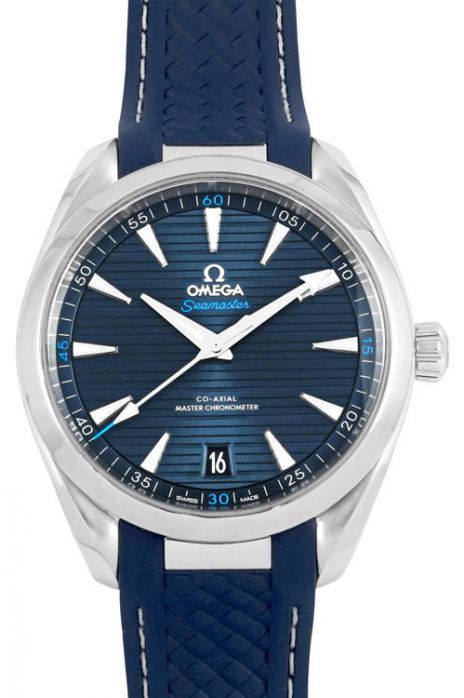
OmegaSeamaster
2021 41 Mmsold out
An Extraordinary Legacy of Fine Watchmaking
The illustrious history of Omega has its genesis in the small city of La Chaux-de-Fonds, where young watchmaker Louis Brandt transformed his family villa into a workshop in 1848 by founding La Generale Watch Co. With an ardent passion for precision and accurate watchmaking, the 23-year old’s reputation soon spread beyond Switzerland into the rest of Europe.
Brandt’s passing away in 1879 entrusted his sons Louis-Paul and César with the great responsibility of taking forward the family heritage. Inspired by their father’s passion for precision engineering and watchmaking, the sons took the company to new heights of success and transformed the watch industry forever. Initially under the new name ‘Louis Brandt & Fils,’ the growing company made some breakthrough achievements in the decades to come. However, the 1885 launch of the first series-produced calibre, the “Labrador,” set a strong foundation for all subsequent innovations. Then, in 1894, the 19-ligne Omega calibre was born, which also became the company’s namesake. This was the follow-up to Omega’s pioneering innovation in 1892 that resulted in the world’s first minute repeater wristwatch. The year 1895 saw the first publicity of the brand with the name Omega and the iconic symbol.
Leading From the Front
The ushering in of the 20th century saw Omega step into the world of sports timekeeping that continues even today. From being the official timekeeper at 16 sporting events in their native land of Switzerland to timing their first precision balloon race across Europe in 1909, the first decade of the 20th century began well for the company. However, their greatest sporting partnership began in 1932, when Omega was given duties as the official timekeeper for the Los Angeles Summer Olympics. It was also in 1932 that Omega advanced its status as the forerunner in horological innovations by releasing the world’s first commercial divers watch, the Omega Marine. Even during the onset of World War II, Omega continued to prove its mettle by manufacturing watches for the British and the Allied forces.
The end of the war saw Omega bouncing back into the mainstream by giving birth to electronic timekeeping for the 1948 Summer Olympics in London. It didn’t stop there: that year, Omega also launched the Seamaster, which later became the line of watches worn by 007 James Bond.
The rest of the 20th century was marked by Omega’s astounding achievements, thanks to the brand’s pioneering series-produced calibres that were accurate and known for easy repairs. Omega’s space legacy began with the launch of the Speedmaster in 1957 and its subsequent approval by NASA for piloted missions. The iconic chronograph has featured on Buzz Aldrin’s wrist in photographs from the lunar landing in 1969 and has been known as the “Moonwatch” ever since. Remarkably, almost two years before NASA approved the Speedmaster, this watch became the first watch in space when astronaut Wally Schira orbited the earth in the Mercury Sigma 7.
Even before Omega went into space, it innovated timepieces for sea explorers. The legacy continues with the sturdy and stunning line of ocean-inspired watches. The company also supplied time instruments for the first Concorde in 1969.
After a series of launches, challenges, space travels, and notable wearers such as Senator John F. Kennedy and Cindy Crawford, Omega has proudly entered the 1990s with more innovations, partnerships, sports timekeeping, and features on the wrist of the world’s favourite spy, James Bond. In 1995, the Omega Seamaster became a natural choice on the wrist of James Bond in the movie, Goldeneye. From then on, the stylish Seamaster has kept serving the spy, and Omega became a part of the James Bond universe.
At the turn of the new century, Omega and inventor George Daniels came up with the first new escapement in watchmaking with the Omega Co-Axial escapement. Due to their usage of smaller contact surfaces requiring less friction and lubrication, this was a significant improvement on the traditional movements. The new millennium also began with the first Omega Boutique in Zurich, and since then, almost 300 Omega Boutiques have been opened around the world in major cities.
Pioneering Innovation, Material, and Design
The Omega manufacturing philosophy has long been a cause of envy in the watchmaking world due to its innovation and designs. Originally headquartered in Biel/Bienne, a new building was created by Japanese architect Shigeru Ban for Omega and its parent company, the Swatch Group in Biel. It is this new state-of-the-art facility that Omega creates new pioneering innovations every day.
Furthermore, Omega devised the Master Chronometer Certification in 2015 for its watches. This guarantees that every Omega timepiece meets the highest standards of precision and durability. In addition, COSC-certified movements corroborate the authenticity and reliability of every Omega creation.
When it comes to the choice of materials, Omega ensures that the watches are crafted from substances that accentuate the design’s beauty, longevity, and functionality. From bracelets, cases, and buckles to the most intricate parts like movements and clasps, Omega selects metals that, besides visually enthralling, are also defiant to wear and tear. In addition, Omega timepieces sport a range of exclusive alloys with improved longevity and distinctive lustre. What’s more, Omega has peerless expertise in the use of ceramics, diamonds, mother-of-pearl, meteorite, and synthetic sapphire crystals to create aesthetically appealing and tough timepieces.
In addition to this, Omega also released the Si14 balance spring made out of Silicon to counter the increasing number of magnetic forces faced by us. This 2008 innovation decreased deviation in watches and stabilised the chronometers. Working in tandem with the Co-Axial Movement, the Si14 balance springs make all of the Omega’s current watches the epitome of stability and reliability.
A Timeless Bond With Sports, Space, Cinema, and Beyond
With innovative watchmaking as the linchpin, Omega’s impressive wristwatch collections are inspired by space missions, sports timekeeping, deep-sea explorations, cinema, and advocacy for social causes.
Some of the brand’s most iconic collections include Constellation, Seamaster, Speedmaster, and De Ville. From vintage dials and chronometer style watches to contemporary pieces with vibrant hues and classy profiles, each Omega timepiece is guaranteed to make a fashion statement with its sheer presence. So whether you want a chic black and gold piece for the high-profile meet or something casual with a pop of colour, Omega has a timepiece for every wrist and every occasion.
One of the finest moments in recent Omega history was the return of the Ladymatic collection in 2010, which, when it was first launched in 1955, stood out as Omega’s first automatic watch series for women. Moreover, Omega’s innovation in sports took new strides in 2010 with the futuristic red flash gun used in place of the starting pistol at the 2010 Winter Olympics. The Professional Golfer’s Association Tour or the PGA Tour also took on Omega as their official timekeeping host in 2011.
Apart from the brand’s esteemed association with screen legends such as Daniel Craig, Nicole Kidman, George Clooney, and Eddie Redmayne, Omega has three special watches to celebrate its partnership with Orbis International. Daniel Craig has worn Omega’s Seamaster 300 Diver 007 edition in his most recent and last outing as the iconic spy in ‘No Time To Die’. It was made as a tribute to the 25th anniversary of the collaboration between Omega and the James Bond franchise. The 2019 world record dive by Victor Vescova in his submersible in the depths of the Mariana trench was accompanied by the perfectly functioning Seamaster Planet Ocean Ultra Deep Professional, which Victor was wearing. The new Seamaster Aqua Terra Ultra-Light also caused a furore in the watchmaking world for its lightweight and ergonomic design, with the watch weighing at a meagre 55 gm.
To think of it, the horological dream that began in 1848 in a small Swiss town has made unprecedented innovations with unrivalled glory and prestige. Indeed, Omega’s exemplary watchmaking is an inspiration for the industry and the world at large.
This inspirational journey can be witnessed by audiences from around the globe at the Omega Museum in Biel. Opened in 2019 and continuing Omega’s collaboration with architect Shigeru Ban, the Museum houses all of Omega’s designs and innovations from the past and the present.